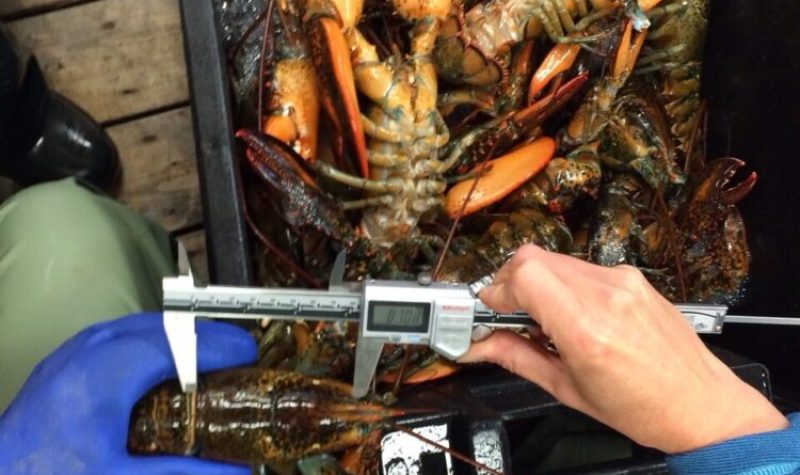Local lobster fishers completed the Department of Fisheries and Oceans (DFO) Canada survey on the maximum size requirement for the the archipelago's first fishery.
Nearly 70 per cent of the respondents voted to discard lobsters with a cephalothorax longer than 145 millimetres back to the sea in the interest of resource conservation, since large crustaceans are better spawners.
A total of 133 lobster license holders (out of the fleet of 325 lobster license holders) completed the survey.
Although the participation rate in the survey represents only 41 per cent of the fleet, DFO Area Office Director Cédric Arseneau believes that by extrapolating the results obtained to all holders, support for the new management measure is considered representative enough to move forward.
"If we can make a decision quickly, these previsions could be put in place for the 2021 lobster fishing season," Arseneau said in an interview with CFIM.
Interview with DFO Area Office Director Cédric Arseneau (in French only):
Expert biologist Benoît Bruneau, who is in charge of lobster stock assessment for the Maurice Lamontagne Institute, told the Area 22 Advisory Committee on Thursday that the measure would undoubtedly be beneficial but not necessary.
According to Arseneau, the biologist's presentation, which showed that lobsters over 145 mm represent less than one percent of the Islands' catch, supports the implementation of the maximum size.
The director of the area office adds that the risk of leaving too many large lobsters on the bottom of the water, which would then block access to the cages for legal-size lobsters, is minimal.
The processing plants also supported at the advisory committee meeting the imposition of a maximum size for commercial reasons, since market demand for large lobsters with hard shells is very low.


